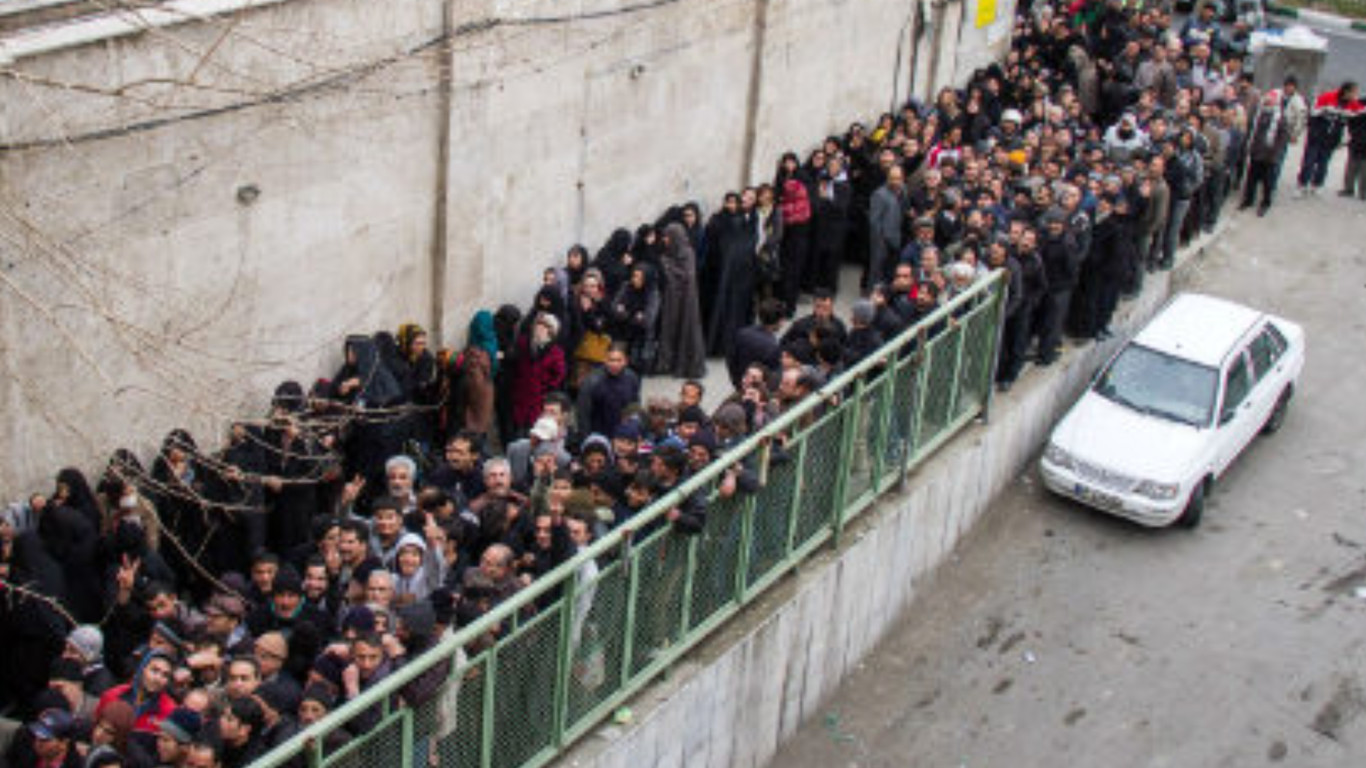Socioeconomic changes, largely stemming from President Hassan Rouhani’s economic policies since he took office, have had the biggest impact (among several factors) on driving and shaping the recent protests in Iran. The initial protests that erupted on December 28 in the city of Mashhad, a conservative Principalist stronghold in northeastern Iran, came after President Rouhani presented his government’s draft budget for the 2018–2019 financial year on December 10. Significantly, the presented budget plans to increase fuel prices by 50 percent. Cash handouts are currently provided to about 75 million Iranians, but next year the government plans to remove 35 million of the recipients. One report released by the Islamic Parliament Research Center warned that an economic shock caused by slashing fuel subsidies can risk eradicating 360,000 to 480,000 jobs, while one Iranian economic analyst estimates that around 800,000 jobs will be lost. In April 2017, the conservatives’ presidential candidate, Ebrahim Raisi, had promised to triple the cash handouts. The government’s decision to remove recipients of the cash handouts, opposite to Raisi’s promises, might have caused a shock and set the stage for disenchanted conservative citizens to protest in Mashhad against Rouhani’s economic policies and gradually rising inflation.
Some analysts speculate that the bulk of protesters come from lower-middle-class or poor backgrounds. Despite the conclusion of the nuclear accord in 2015 and the subsequent lift of sanctions, quality of life in Iran has seen little improvement, even deteriorating in several aspects, despite government efforts to curb skyrocketing inflation. Iran’s Gini coefficient, an index that measures inequality, increased from 0.35 in year 1392 (March 21, 2013–March 20, 2014), Rouhani’s first year in power, to 0.37 in Persian year 1395 (March 20, 2016–March 20, 2017), the last financial year, showing increased inequality in the country. The Iranian Central Bank’s statisticsindicate that real wage growth was at 2.3 percent in Persian year 1395 , which is higher than the 1.2 percent realized in the previous year. However, this increase did not enhance household purchasing power. The average household budget deficit increased by almost 19 percent in year 1395 compared to the previous year. In terms of weight (in kilograms), the average household consumption of food, beverages, and tobacco decreased by around 6 percent in year 1395 compared to year 1392, Rouhani’s first year in power.
The protests quickly spread to Tehran and other major provinces, but they notably also spread extensively to the economically fragile northwestern provinces of Iran that are densely inhabited by ethnic minorities. While Razavi Khorasan province, where Mashhad is located, had voted in favor of Raisi, Kurdish provinces, for example, were among the top provinces that voted in favor of Rouhani.
In November, the province of Kermanshah was badly hit by an earthquakethat killed around 400 and injured almost 7,000, crippling the already poorly performing local economy. In the financial year 1395 (March 20, 2016–March 20, 2017), official statistics indicate that unemployment in Kermanshah was the highest in the country at 22 percent, and Kurdistan was third with an unemployment rate of 15.2 percent—compared to a nationwide average of 12.4 percent. Those two provinces and their neighbors, which similarly saw many demonstrations, also suffer the highest rates of employment in the country among people between 15 and 29 years old. While unemployment in Iran for this demographic reached 25.9 percent in year 1395, Kermanshah’s and Kurdistan’s youth unemployment rates amount to 38.9 and 33.4 percent, respectively. Extreme water shortages over the last few years in northwestern provinces have had devastating impacts on agriculture and are probably one of the main reasons behind these high rates of unemployment. According to official statistics, the growth of private household income generated by the agricultural sector dropped from an average of 50.5 percent in 1392 (March 21, 2013–March 20, 2014) to 4.2 percent in 1395.
Regional economic inequalities in Iran considerably explain the geography of the protests’ intensity and diffusion, but the direct triggers of the protests probably remain tied to the political and security dynamics of the country and within each province. With Iran’s population aging—and consequently public interest in economic issues increasing—regional inequalities will gain more importance in understanding social mobilization in Iran.
This article was first published by Sada


 Tamer Badawi
Tamer Badawi